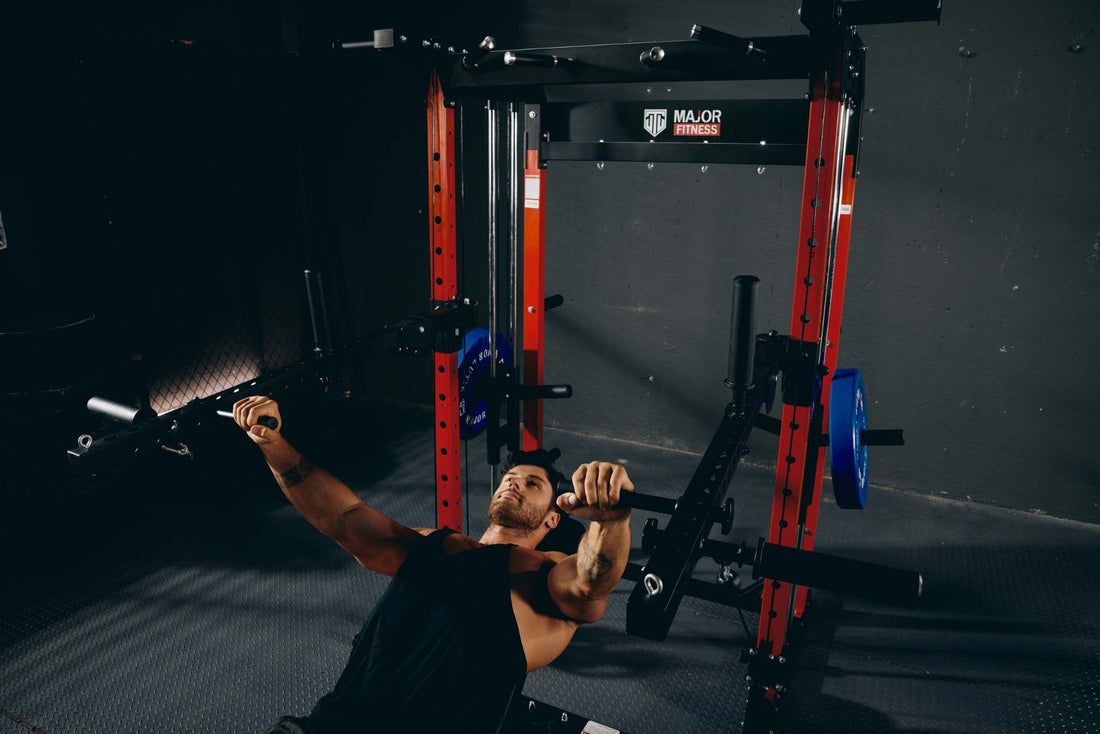
What is functional training in gym settings, and why are more people shifting towards this form of exercise? The answer lies in its fundamental philosophy: enhancing the body's natural movement patterns and improving real-life tasks. Unlike traditional workouts that focus on isolated muscle groups, functional training integrates multiple muscles and joints through exercises that simulate daily activities. This holistic approach not only boosts overall fitness but also reduces the risk of injury, making it a compelling choice for fitness enthusiasts of all levels.
Understanding the Core of Functional Training
At its heart, functional training in the gym aims to replicate movements you do in everyday life. These movements include bending, lifting, twisting, walking, and running. Essentially, it’s about preparing your body for real-world activities. The exercises are designed to require multiple muscle groups to work together, improving coordination, balance, and strength.
The Benefits of Functional Training
The impact of functional training goes beyond mere aesthetics. Here are some transformative benefits you can expect:
- Enhanced Muscle Memory: By mimicking everyday tasks, functional exercises help build muscle memory, making those tasks easier and safer over time.
- Improved Flexibility and Mobility: Functional training involves dynamic movements that enhance flexibility and joint mobility.
- Reduced Risk of Injury: This type of training increases the strength of smaller stabilizing muscles, providing better joint support and reducing injury risk.
- Efficient Workouts: Functional exercises often engage multiple muscle groups simultaneously, making your workouts more efficient by burning more calories in less time.
Popular Functional Training Exercises
Here are some common functional training exercises that you might encounter in a gym setting:
- Squats: Mimicking the motion of sitting down and standing up, squats target the legs, glutes, and core.
- Deadlifts: This exercise replicates the act of lifting objects off the ground and strengthens the back, hamstrings, and glutes.
- Lunges: Ideal for enhancing balance and coordination, lunges work the legs and core muscles.
- Planks: Planks are excellent for core stability and involve holding a push-up position, which engages multiple muscle groups.
- Medicine Ball Throws: These exercises improve explosive power and involve throwing a weighted ball, engaging your entire body.
Integrating Functional Training into Your Routine
Looking to integrate functional training into your fitness regimen? Here are some tips to get you started:
- Assess Your Needs: Identify the movements and activities you perform daily and select exercises that simulate those actions.
- Start with Basics: If you’re new to functional training, begin with basic exercises like squats and planks before progressing to more complex movements.
- Incorporate Variety: Mix different functional exercises to target various muscle groups and keep your routine engaging.
- Seek Professional Guidance: Consider working with a certified trainer to ensure you’re performing exercises correctly and safely.
The Science Behind Functional Training
Functional training is backed by scientific evidence highlighting its multifaceted benefits. Studies have shown that this type of training can improve neuromuscular function, which is essential for motor control and performance in everyday tasks.
Research also indicates that functional training helps enhance proprioception—the body's ability to sense its position and movement in space. This increased awareness can improve balance and coordination, crucial components for preventing falls and injuries.

Functional Training vs. Traditional Weightlifting
While both functional training and traditional weightlifting have their merits, they serve different purposes. Traditional weightlifting focuses on hypertrophy and muscle size by isolating specific muscle groups. In contrast, functional training is more about improving overall functional strength, movement efficiency, and situational preparedness.
Functional training typically uses lighter weights and a greater range of motion, making it accessible to a broader audience. However, it can also be adapted to include heavier weights for more advanced practitioners looking to build power and strength.
Why Functional Training is Here to Stay
The popularity of functional training continues to grow, and for good reason. Its comprehensive approach to fitness addresses not just muscle development but also the improvement of flexible, functional movement patterns essential for daily life. Moreover, the versatility and adaptability of functional training make it suitable for people of all ages and fitness levels.
As you consider your fitness goals, ask yourself: Are you training to lift heavier weights in the gym, or are you training to make every part of your life easier and more efficient? With functional training, you get the best of both worlds, seamlessly blending strength, flexibility, and practical capability into your routine.
So the next time you find yourself asking, "What is functional training in the gym?" remember that it's more than just an exercise regimen; it's a sustainable way to enhance your natural movements, improve your quality of life, and achieve a well-rounded state of fitness. Ready to elevate your workout? Step into the world of functional training and see the difference for yourself!



















